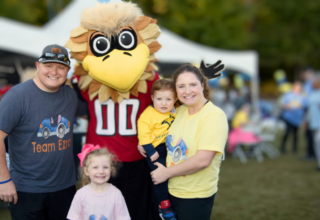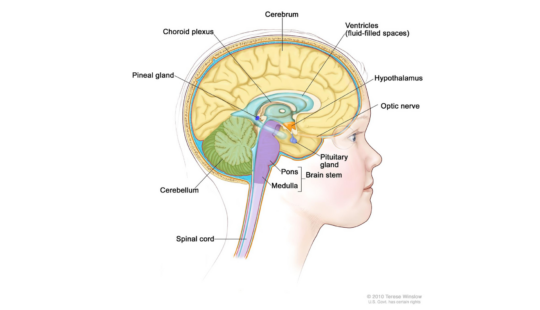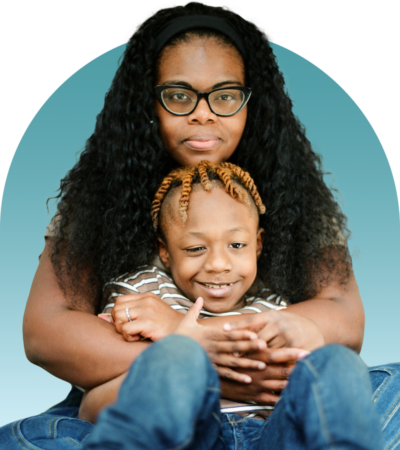
We Need Cures. We Need Action.
One mother shares her perspective about pediatric brain cancer's impact on the entire family.
A childhood brain or spinal cord tumor is a disease where abnormal cells form in the tissues of the brain or spinal cord. There are many types of childhood brain tumors.
Together, the brain and spinal cord make up the central nervous system (CNS). The central nervous system works as the body’s command center. Like a central computer, the central nervous system sends and receives messages that control all of the body’s functions, including blood pressure, heartbeat, movement, speech, thoughts, emotion and memory.
A tumor is an abnormal mass of tissue that grows when cells divide more than they should or do not die when they should. Tumors can grow in the brain or in the spinal cord. Together, these are called central nervous system (CNS) tumors.
Pediatric brain tumors may be benign or malignant: Benign brain tumors can grow and press on nearby areas of the brain. They rarely spread into other tissues. Malignant brain tumors are likely to grow quickly and spread into other brain tissue.
When a brain tumor grows into or presses on an area of a child’s brain, it may stop that part of the brain from working the way it should. All pediatric brain tumors (either benign or malignant) can be dangerous and cause symptoms, and almost all need treatment. Doctors don’t know the cause of most childhood brain or spinal cord tumors.
Children get many different types of brain tumors and not all doctors use the same names. The types of brain tumors children get are also usually different than the types of brain tumors adults get.
The World Health Organization (WHO) groups childhood brain tumors based on the type of cell that formed the tumor and where the tumor started growing.
The following pediatric brain tumor types are the most common:
One mother shares her perspective about pediatric brain cancer's impact on the entire family.
Virtual Event
1:00 - 2:00 PM EST


